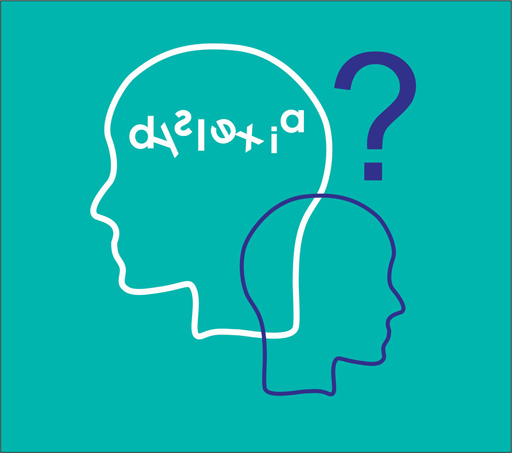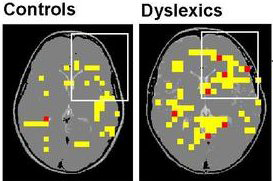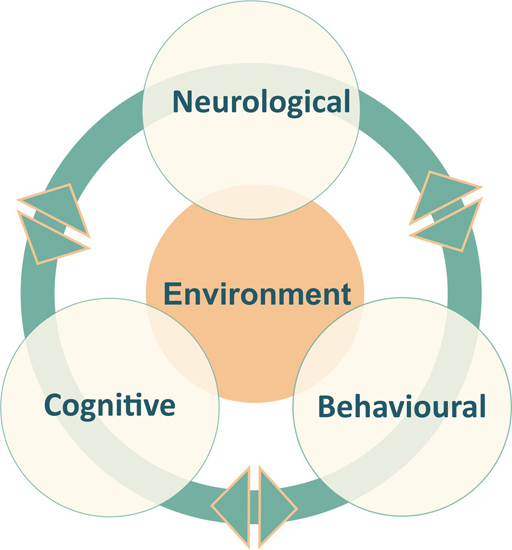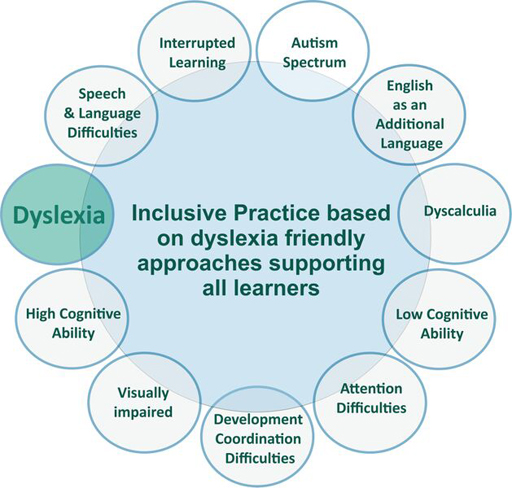Use 'Print preview' to check the number of pages and printer settings.
Print functionality varies between browsers.
Printable page generated Thursday, 20 November 2025, 8:23 PM
3 Enquiry and research
Introduction
There is a wealth of Scottish literature which provides information about definitions, associated difficulties, underlying causes and advice on assessment and intervention. These include
- Dyslexia Review (2008) Literature Review
http://www.educationscotland.gov.uk/ Images/ lrcapecd_tcm4-712884.pdf
- Dyslexia Review (2014) - Education Scotland Review Making Sense Dyslexia: Education for Children and Young People with Dyslexia in Scotland.
- Education Scotland − Route Map for Dyslexia and Inclusive Practice 2015 Literature Review
- Addressing Dyslexia Toolkit (2012): This was originally launched as the Assessing Dyslexia Toolkit for Teachers in June 2010, and outlines the definition of dyslexia that has been developed by the Scottish Government, Dyslexia Scotland and the Cross Party Group on Dyslexia.
- Supporting Pupils with Dyslexia at Primary School (2011):A series of 8 booklets that were provided to every primary school in Scotland and contains information and advice about dyslexia from the early stages to transition to secondary school, and also contains information on support for learning departments, school management teams, as well as, about good practice when working with parents. These booklets can be downloaded from the Dyslexia Scotland website.
- Supporting Pupils with Dyslexia in the Secondary Curriculum (2013):A series of 20 booklets that were provided to every secondary school in Scotland and aim to provide subject teachers and support staff with advice and strategies to support learners with dyslexia. The booklets can be downloaded from the Dyslexia Scotland website.
- Dyslexia at Transition (2007) – The Dyslexia at Transition Project Team consisted of staff from Edinburgh, Strathclyde and Aberdeen Universities and education authorities. The team worked with school staff, parents and pupils to produce a DVD and support pack ‘Dyslexia at Transition’. The DVD, commissioned by the (then) Scottish Executive. The resource was launched in 2007 and provides examples of best practice to help schools to support the move of pupils with dyslexia from primary to secondary school.
3.1 Dyslexia
Advances in medical science have enabled the identification of dyslexia to be understood in greater detail. Neuroscience research through brain imaging has identified diversity in the brain for adolescents and for those with dyslexia. Due to the body of research undertaken over the past few decades by a range of academic and medical researchers, there is an acceptance that when identified appropriately, dyslexia is a recognised learning difference and is the result of a neurological difference and is not a reflection of a learner’s level of intelligence or cognitive ability. The impact of dyslexia as a barrier to learning varies in degree according to the learning and teaching environment.
Frith, in Reid and Weamouth (2002) say dyslexia can be defined as neuro-developmental in nature, with a biological origin and behavioural signs which extend far beyond problems with written language.
In 1999, the American Journal of Neuroradiology, provided evidence that dyslexia is neurological in nature. The interdisciplinary team of University of Washington researchers also showed that dyslexic children use nearly five times the brain area as children who are not dyslexic while performing a simple language task.
Although the images above were taken in 1999 they highlight very clearly the differences between areas of the brain which are activated while performing simple language tasks in yellow. Red indicates areas activated in two or more children. Pic: Todd Richards, University of Washington.
"The dyslexics were using 4.6 times as much area of the brain to do the same language task as the controls," said Todd Richards, co-leader of the study. "This means their brains were working a lot harder and using more energy than the normal children". "People often don't see how hard it is for dyslexic children to do a task that others do so effortlessly," added Virginia Berninger, a professor of educational psychology.
Morton & Frith (1993; 1995) developed a neutral framework for the causal modelling of developmental disorders and applied this modelling to dyslexia. The research highlights that dyslexia can be split into 3 main research areas, all of which inter- link and influence one another.
Neurological - Brain structure and genetic factors
Cognitive - How people learn
Behavioural - How people behave and their reactions to this learning difference
These are influenced by environmental interactions at all levels which include home, nursery, schools and activities. This means that the behaviour of a child with dyslexia would change with time and in different contexts.
3.2 The co–occurrence of dyslexia with other areas of additional support
Module 1, Section 3.2 recap
The Scottish working definition of dyslexia is broad. As highlighted in section 1.1 of this module, dyslexia does not only impact on the acquisition of literacy skills. The different characteristics involved with dyslexia are also found in a wide range of learner profiles and areas of additional support.
What is the impact?
It is undoubtedly challenging to meet all the needs of learners within a teacher’s class. However, using a range of multi-sensory learning and teaching approaches within a curriculum which is planned to be inclusive and accessible does bring benefits which support and can reduce the challenge.
Figure 20 and the table below highlights some examples of co-occurrence and some support strategies
Activity 27
The table below highlights some examples of support strategies. Could each strategy be appropriate for a range of additional support needs? Consider each strategy and write down the area of ASN whcih would be supported by them. Click ‘reveal’ to see some suggestions.
| Examples of support strategies |
| Personalised learning |
| Effective communication |
| Multi-sensory learning and teaching approaches |
| Visual time tables |
| Visual supports |
| Use of accessibility software e.g. text and speech recognition |
| Approaches to support language acquisition |
| Audio books |
| Accessible digital learning and teaching resources |
| Books for All |
| Digital exams |
Answer
| Examples of support strategies | Some examples of ASN which can be supported |
| Personalised learning | Dyslexia Autism spectrum Visually impaired English as an additional language Visual impairment |
| Effective communication | Dyslexia Autism spectrum Visually impaired English as an additional language Visual impairment |
| Multi-sensory learning and teaching approaches | Dyslexia Autism spectrum – if appropriate Visually impaired English as an additional language- (Initially) |
| Visual time tables | Dyslexia Autism spectrum English as an additional language- (Initially) |
| Visual supports | Dyslexia Autism spectrum Visually impaired English as an additional language Visual impairment |
| Use of accessibility software e.g. text and speech recognition | Dyslexia Autism spectrum Visually impaired |
| Approaches to support language acquisition | Dyslexia Autism spectrum English as an additional language- (Initially) |
| Audio books | Dyslexia Autism spectrum English as an additional language- (Initially) Visually impaired |
| Accessible digital learning and teaching resources | Dyslexia Autism spectrum Visually impaired |
| Books for All | Dyslexia Autism spectrum – if applicable Visually impaired |
| Digital exams | Dyslexia Autism spectrum Visually impaired |
3.3 Good practice for identification
A number of local authorities are using the identification pathway within their guidance and procedures to support dyslexia and inclusive practice. Listed below are examples of good practice which are supporting the improvements.
- Clear guidelines which have been developed with the engagement and support of:
- Teachers
- Local authority staff
- Parents
- Learners
- Guidelines are available and accessible to the local authority and school websites
- Evidence that parents feel engaged and understand the identification process
- Evidence that staff understand the identification process. This includes school management, probationers, supply and permanent teachers, a consistent approach for identification between primary and secondary sectors
- Whole authority dissemination of the Toolkit and Module 1 – ‘Introduction to dyslexia and inclusive practice’
Activity 28
a.
Support teachers should be aware of the identification process and develop skills to support and identify dyslexia
b.
If a local authority does not have a policy on Dyslexia then they are not supporting dyslexia.
c.
The Addressing Dyslexia Toolkit has been designed specifically to support specialist support staff.
d.
All staff should be able to access up to date information and guidance on dyslexia and inclusive practice.
e.
Everyone has the skills and abilities to recognise early signs of dyslexia in children at all stages, and take appropriate action in response to support children and young people.
The correct answers are a, d and e.
d.
Information is available for free on the Addressing Dyslexia Toolkit.
Activity 29 Reflective practice task
In your reflective log consider
- What are the most appropriate teaching methods to support our dyslexic learners in reading and do they need alternative resources?
- Should teachers in Scotland be required to participate in training to carry out the identification of dyslexia?
- What are the approaches used in your school to support learners with literacy difficulties develop their skills and how does the school/ you know they have a positive impact?
Now go to Educational contexts and current debates in policy, education and practice.




